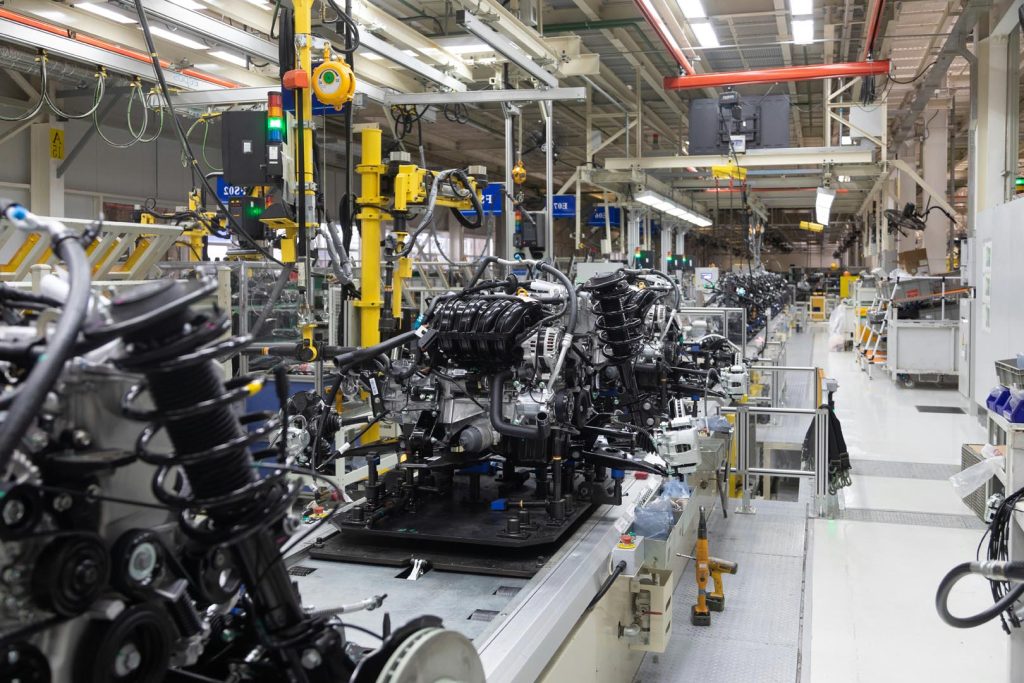Operations Productivity Methodologies
Operations Productivity Methodologies
Improving the productivity of a manufacturing plant involves a multi-faceted approach that addresses various aspects of the production process. Here’s a comprehensive guide to developing a project aimed at enhancing productivity:

1. Project Planning and Goal Setting
- Define Objectives
Increase output without increasing costs. Reduce downtime and waste. Improve quality and consistency of products. Enhance employee efficiency and satisfaction. - Establish KPIs (Key Performance Indicators) Production rate (units/hour). Machine utilization rate. Downtime percentage. Scrap rate. Labor efficiency.
2. Current State Analysis
- Data Collection
Gather data on current production rates, machine performance, and employee productivity. Use time-motion studies to understand workflow and identify bottlenecks. - SWOT Analysis
Identify Strengths, Weaknesses, Opportunities, and Threats related to current operations.
3. Identify Improvement Areas
- Bottlenecks
Pinpoint areas where delays or inefficiencies occur most frequently. - Technology
Assess the potential for automation and the implementation of advanced manufacturing technologies (e.g., IoT, AI, robotics). - Processes
Evaluate current processes for inefficiencies and opportunities for lean manufacturing techniques (e.g., 5S, Kaizen, Six Sigma). - Workforce
Examine employee skills and training needs.
Assess labor management and motivation strategies.

4. Develop Improvement Strategies
Process Optimization
Implement lean manufacturing principles to streamline workflows and reduce waste. Use value stream mapping to visualize and improve the production process.Technology Integration
Implement predictive maintenance using IoT sensors to reduce unplanned downtime. Utilize ERP (Enterprise Resource Planning) systems for better resource management.
Invest in automation for repetitive tasks.
Workforce Training
Provide training programs to upskill employees. Foster a culture of continuous improvement and employee involvement.Quality Control
Implement stricter quality control measures to reduce defects. Use statistical process control (SPC) to monitor production quality.

5. Implementation Plan
- Pilot Projects
Start with small-scale pilot projects to test new processes or technologies.
Gather feedback and make adjustments before full-scale implementation. - Timeline and Milestones
Develop a detailed timeline with specific milestones and deadlines. - Resource Allocation
Assign resources, including budget, personnel, and equipment, to different parts of the project. - Change Management
Plan for change management to ensure smooth transitions. Communicate effectively with all stakeholders about the changes and benefits.
6. Monitoring and Evaluation
- Continuous Monitoring
Use real-time monitoring tools to track progress against KPIs.
Hold regular meetings to review progress and address issues. - Feedback Loop
Create a feedback loop where employees can report problems and suggest improvements. - Adjustments
Be prepared to make necessary adjustments based on feedback andmonitoring data. - Reporting
Regularly report progress to management and other stakeholders.
7. Sustaining Improvements
Standardization
Standardize successful processes and practices across the plant.Continuous Improvement
Foster a culture of continuous improvement where employees are encouraged to suggest and implement enhancements.Review and Update
Periodically review the project outcomes and update strategies as needed to adapt to changing circumstances and new technologies.
With Business Interchalleng, you can systematically improve the productivity of a manufacturing plant, ensuring long-term success and competitiveness in the market.